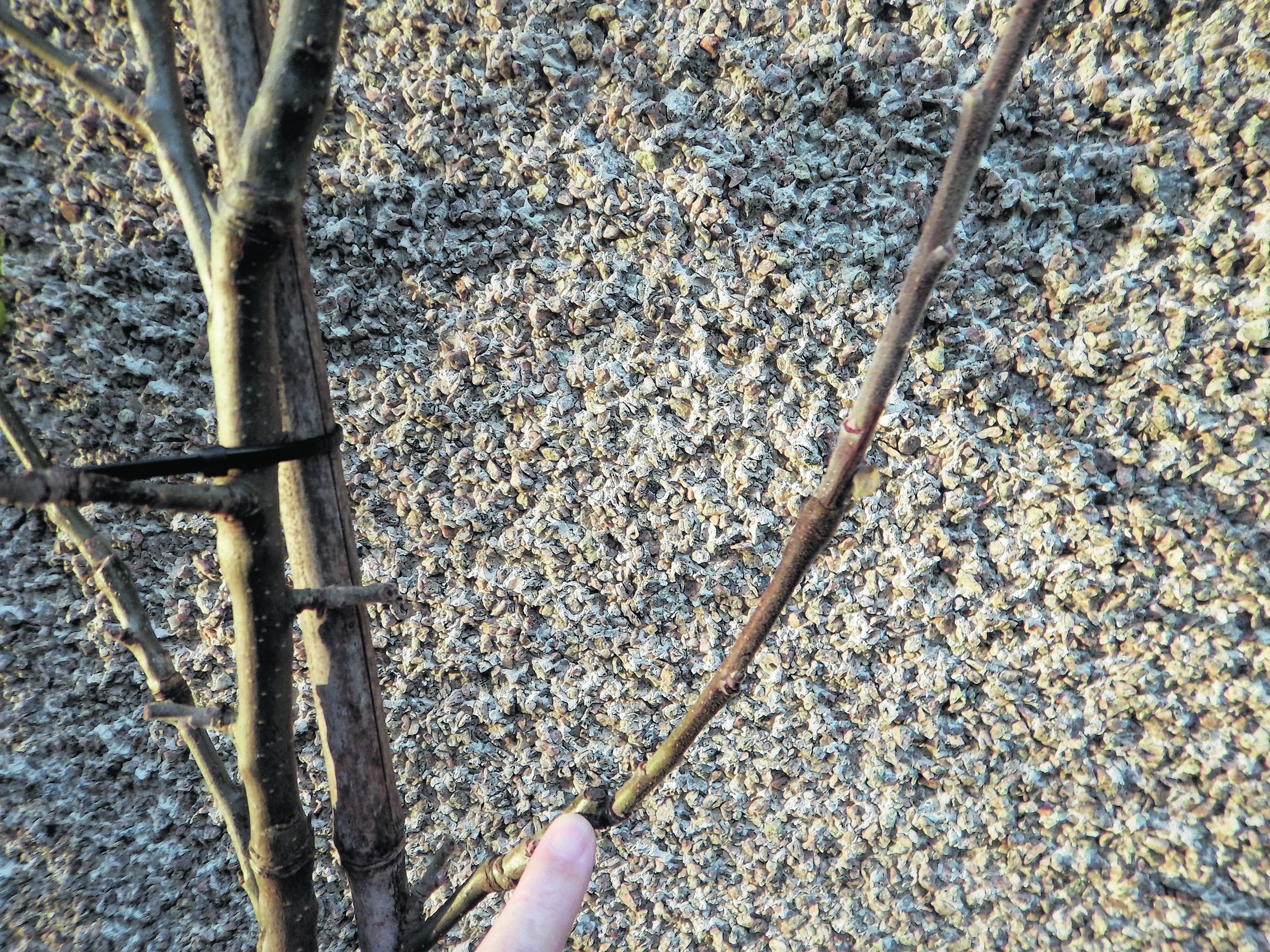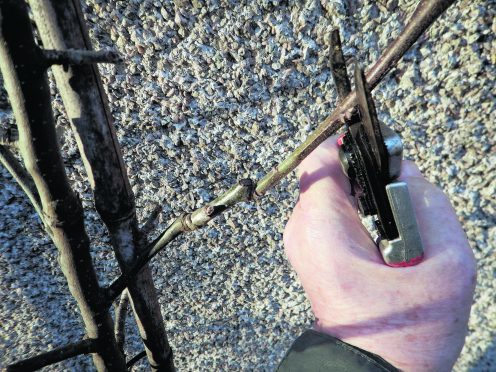The autumn clear-up continues because there is little that can be done with borders and plots during these frosty spells.
Even the leaf sweeping and collecting is on hold at the moment because we need a few dry days to allow the leaves themselves to dry out – that makes the job much more satisfactory.
In the meantime, I have been rescuing potting compost! By that, I mean emptying out some of the big pots and tubs that were filled with summer bedding plants.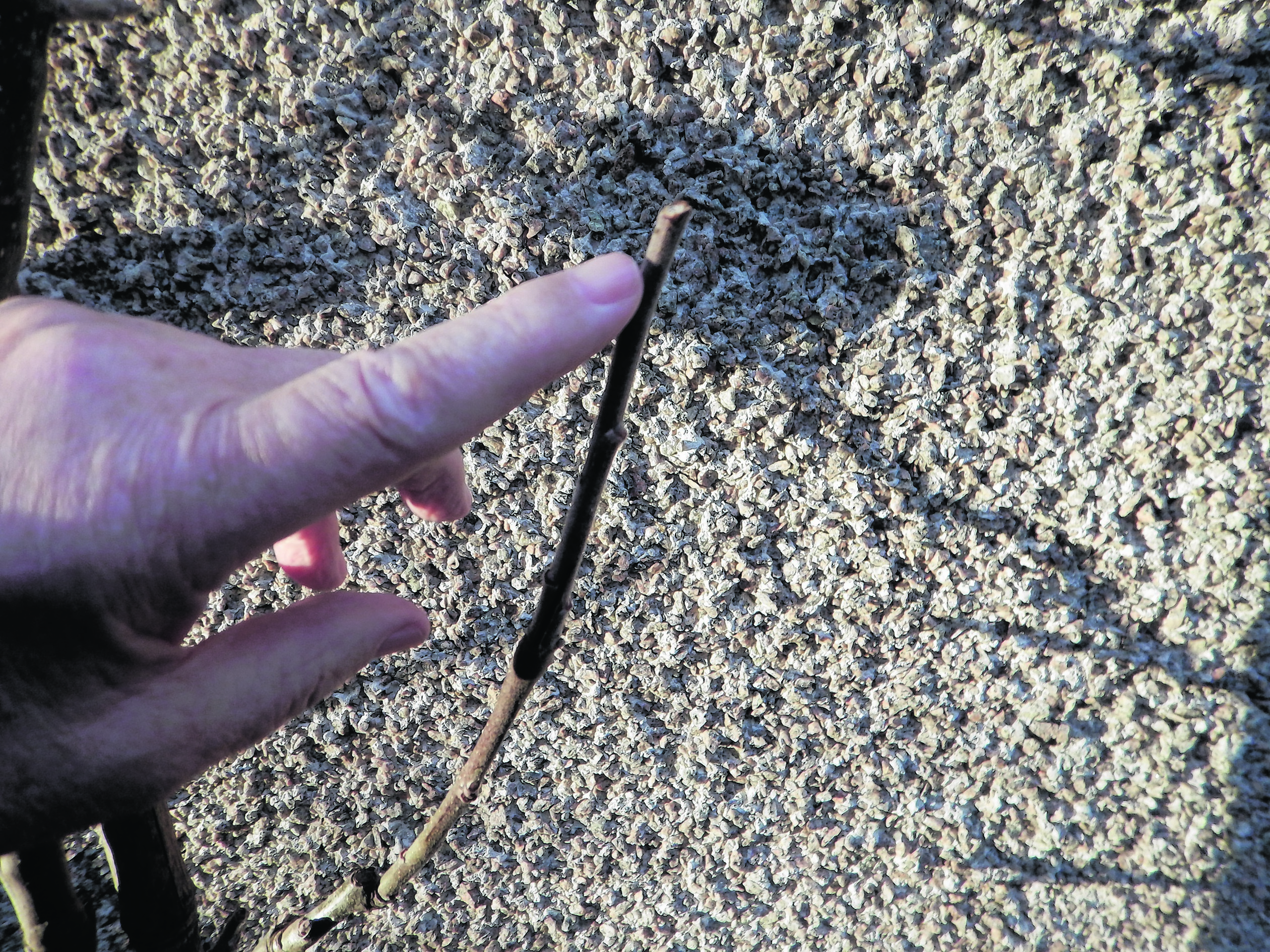
Some had been emptied earlier to be replanted with spring bedding but just as many again lay unused. Hence the word rescuing – knocking soil and plant remnants out of the containers on to a sheet of polythene. This mixture is then knocked about a bit to separate roots and other detritus from the soil. The vegetable matter goes in the compost heap and the compost is stored for re-use.
There I go again, using the word compost twice in the same sentence with two different meanings! No wonder people get confused. I must get used to using the phrase “growing medium” for the stuff we buy in bags as a substitute for soil!
Is it safe to re-use old growing medium?
The answer is YES so long as you are sure that it is free from pests and diseases. I told you about my experience earlier in the season when I was emptying growbags that had been planted with strawberries which had cropped in 2015 and then again in 2016.
When I spread the contents out, I discovered a healthy population of Vine Weevil grubs feasting on the plant roots. In the circumstances, the growing medium was left spread out in the open for the local bird population to have an unexpected feast.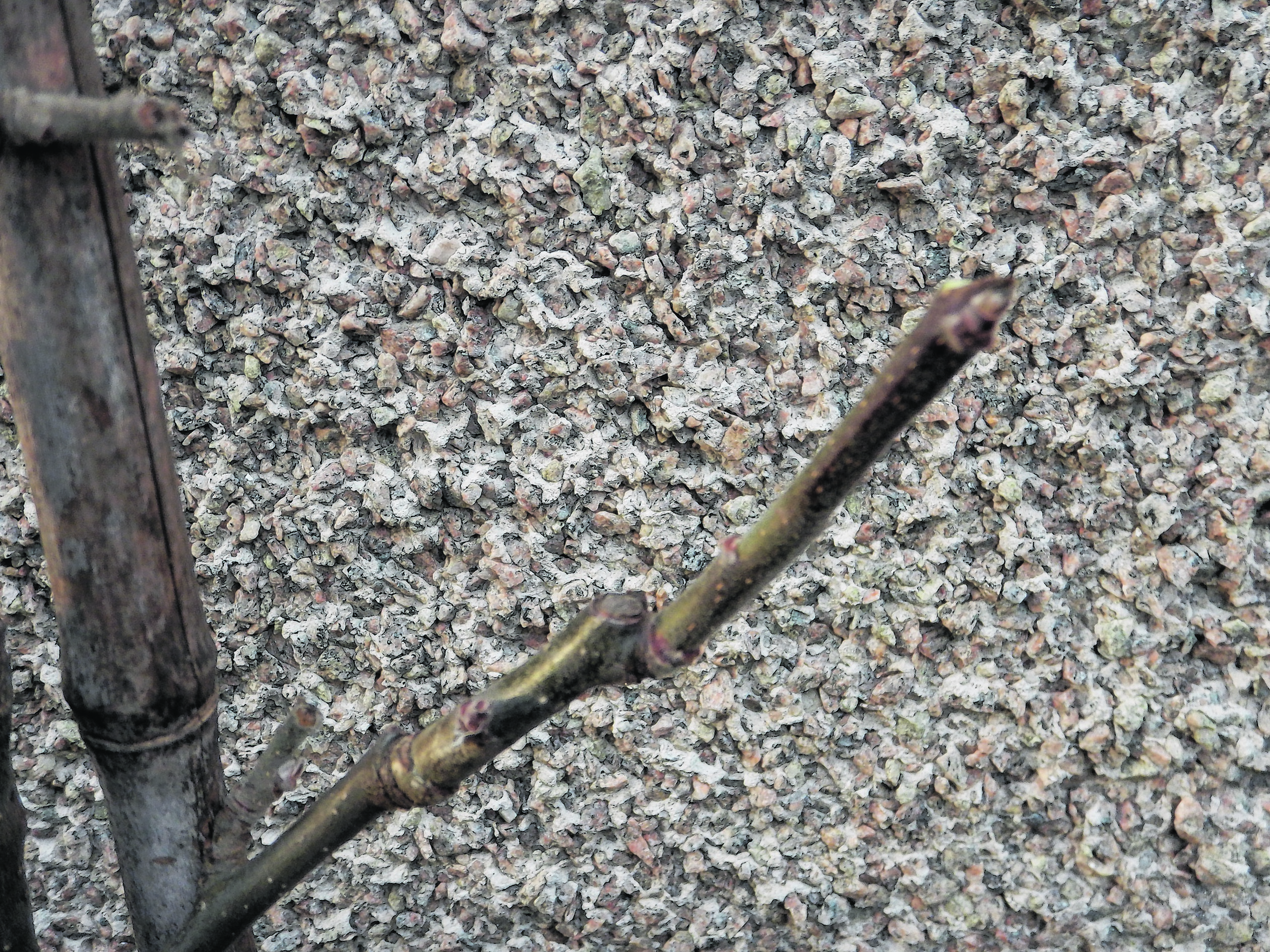
Physically that once-used potting medium is perfectly suitable to be mixed with newly bought-in stuff, if nothing else but to cut down on costs. Any nutrient content will have been used up but it is the bulky material that is still valuable.
I have used it in a 50:50 mix with a little added slow-release fertiliser for filling tubs and troughs. If you do nothing else with it but top-dress a little border or flower bed, it will improve the soil structure. For goodness sake don’t throw it away – recycling should be the name of the game.
Back to basics now as we move into another time of year when some pruning will be carried out…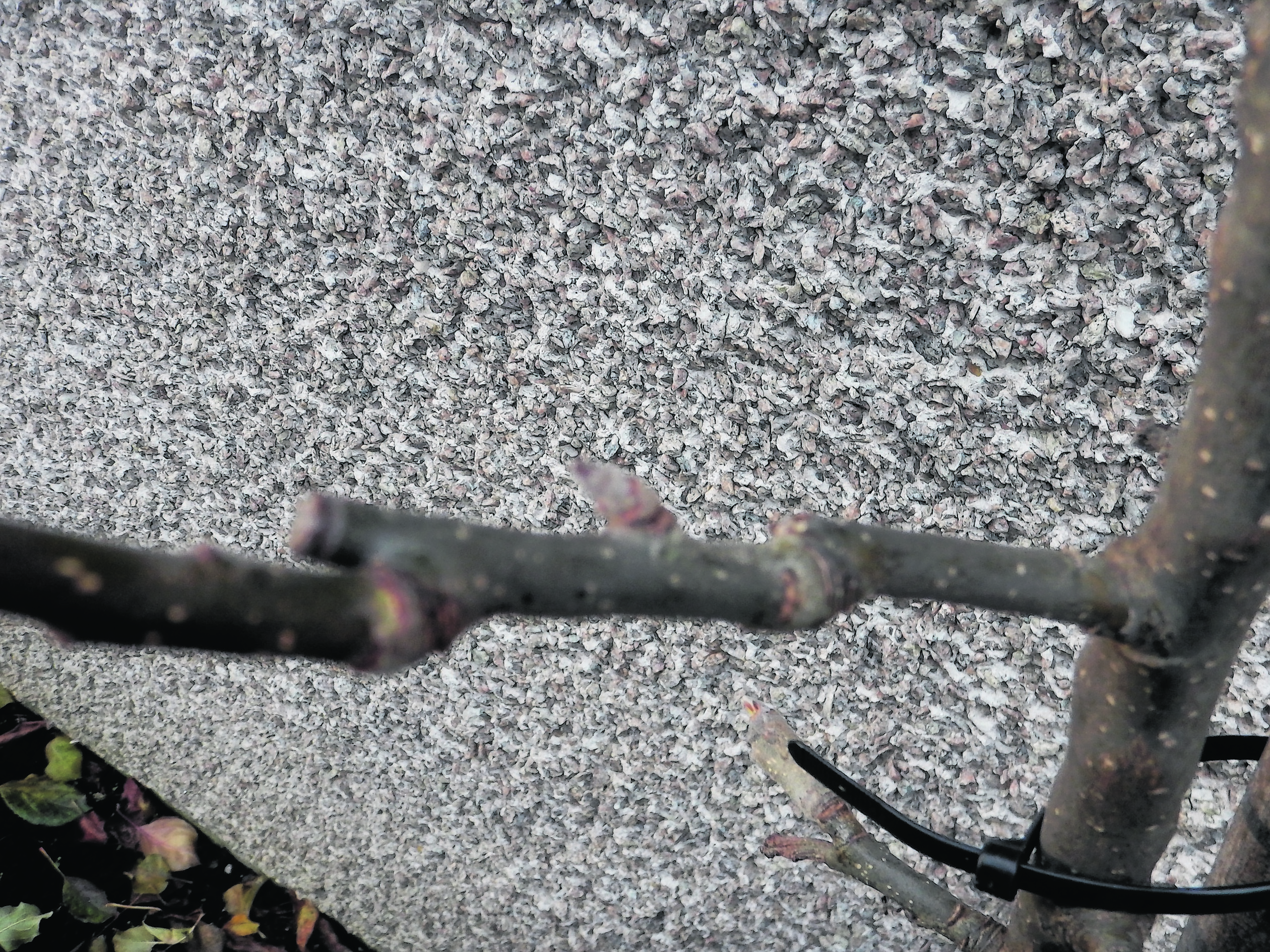
We are now into the dormant season when many perennials go into a comatose state, they shut up shop until temperatures start to rise in spring. An acquaintance of ours has just planted two cordon apple trees. They are potted trees and when planting at a 45 degree angle, it is important to ensure that the whole rootball is covered but the graft union near the bottom of the stem is kept above soil level.
That raises two further questions.
Firstly, why plant them at an angle? It is that hypotenuse thing again! Cordon trees are usually single stem plants, trained on a support to a vertical height of two metres or thereby and by planting on the angle, there is a longer length of fruiting stem, compared with growing them as uprights.
The second question – what direction should the leading shoot face?
Answer – ideally to the north because that will present the developing fruits up to the sun as it travels across the sky from east to west. The ideal is not always possible because of the design or shape of the garden but it is worth keeping that fact in mind. Now to the pruning!
All the young side shoots should be cut back to within 5cm (2ins) of where they started to grow last spring, preferably cutting just above a bud. What’s to be done with the leading shoot? It should be pruned too.
Remember that important botanical fact – the bud at the very tip of the shoot exhibits a property called Apical Dominance. In other words, it will take precedence over the buds lower down with respect to nutrient and sustenance and just keep on going. As a consequence, shoots may stretch, and remain spindly and unproductive with regard to forming flower buds.
Remove numero uno and all the buds below will spring in to growth, thickening the stem and creating side shoots which will produce the flowers and fruits. Cut the leading shoot to just above a bud halfway down the annual growth.
In time, that bud which you cut back will take over the Apical Dominance and that extends the leader once again – next year, at this time, repeat the exercise.
